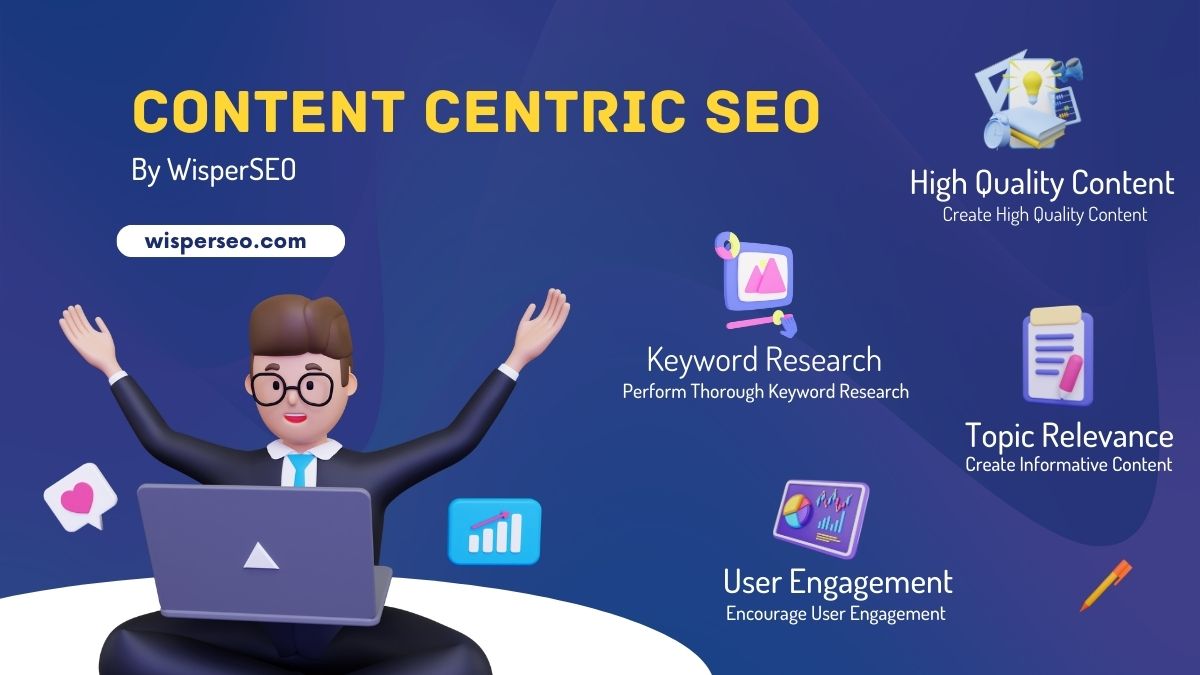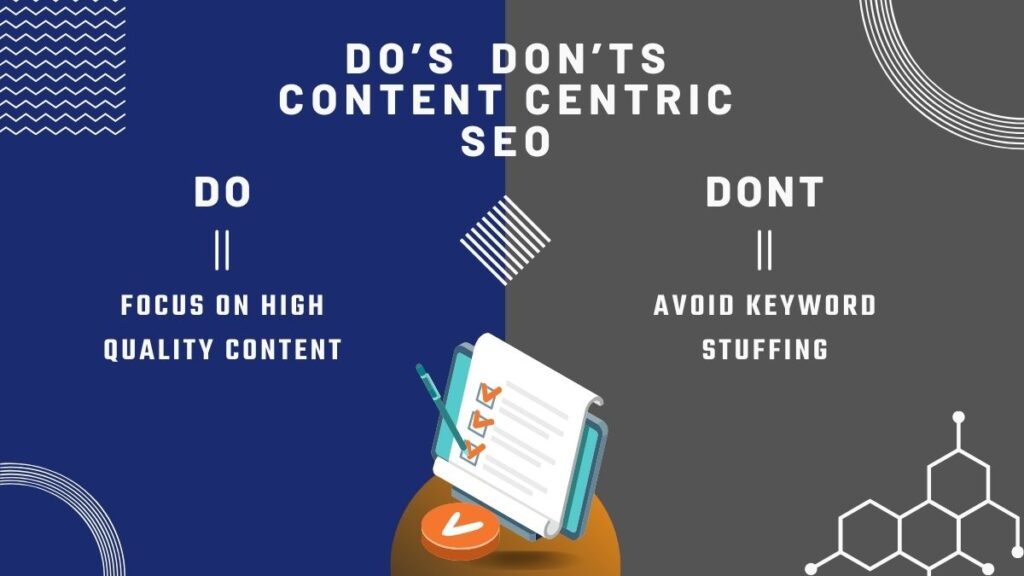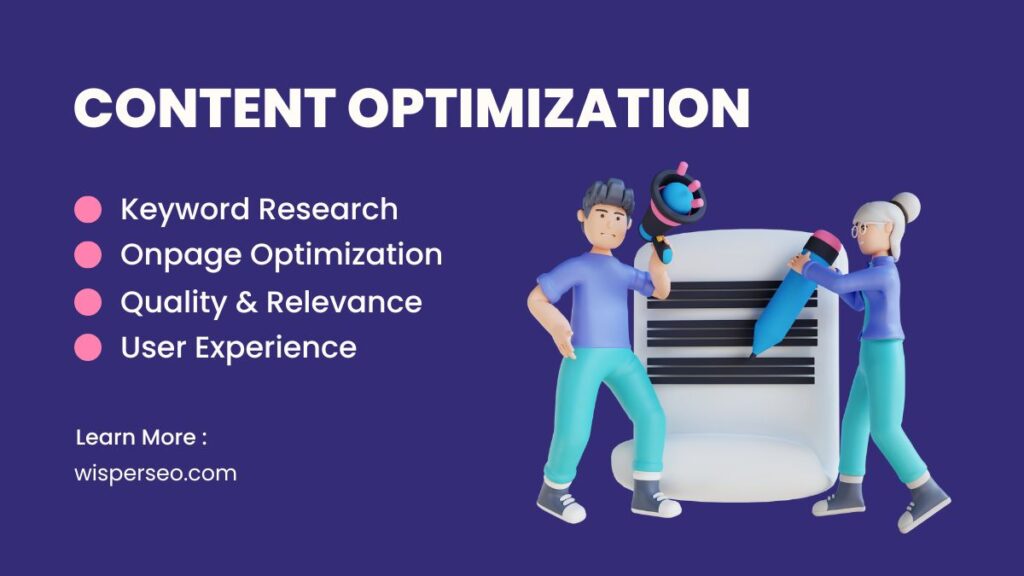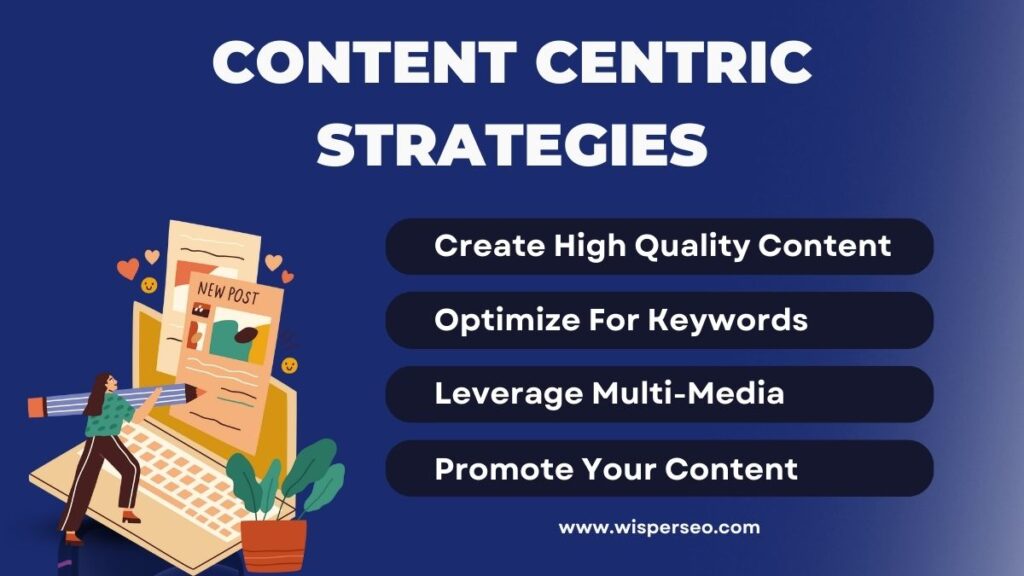
Mastering Content Centric SEO Strategies
Hey there, Internet whizz kids! Today, we’re going to dive headlong into a topic that might sound a little daunting but is, in fact, at the heart of how to effectively navigate our beloved World Wide Web. We’re talking about content centric SEO. Let’s go!
Table of Contents
What is Content Centric SEO?
Content-centric SEO, as the name suggests, puts content at the forefront of optimization efforts. Unlike traditional SEO, which primarily focuses on technical aspects such as website structure and meta tags, content centric SEO places a strong emphasis on the content itself. The goal is to create content that not only ranks well on search engines but also engages and resonates with the target audience.
In essence, content centric SEO is about understanding what your audience wants and delivering it in a way that is both engaging and search engine friendly. It’s about creating content that is not only informative and relevant but also easy to find and consume.
The Mechanics behind Content-centric SEO
To understand how content-centric SEO works, it’s essential to delve into the mechanics behind it. Search engines like Google use complex algorithms to analyze websites and determine their relevance to specific search queries. These algorithms take into account various factors, including content quality, relevance, keyword usage, and user engagement.
Content is a fundamental element of any website. It should be well-structured, informative, and tailored to the target audience’s needs. Search engine algorithms look for relevant keywords throughout the content, particularly in headings, subheadings, and meta tags.
Keyword research plays a crucial role in content-centric SEO. By identifying high-ranking keywords and incorporating them naturally into the content, websites can increase their visibility in search results. However, it’s important to strike a balance and avoid keyword stuffing. Search engines are smart enough to recognize excessive use of keywords and may penalize websites for this practice.
Applying Content-Centric SEO
Now that we have a better understanding of content-centric SEO, it’s time to put that knowledge into action. Here are some practical content marketing seo strategy tips to help you optimize your website or blog:
- Perform thorough keyword research: Use keyword research tools to identify relevant and high-ranking keywords in your niche. Incorporate these keywords strategically into your content, headings, and meta tags.
- Create high-quality and original content: Search engines prioritize websites that offer valuable, unique, and user-friendly content. Focus on creating informative articles, blog posts, and multimedia content that meets the needs and interests of your target audience.
- Encourage user engagement: User engagement signals to search engines that your website provides a positive user experience. Encourage visitors to leave comments, share content on social media, and interact with your website. Engage with your audience by responding to comments, addressing their questions, and creating opportunities for discussion.
DOs and DON’Ts of Content-Centric SEO
Though content-centric SEO can lead to great results, it’s essential to avoid common mistakes. Here are some DOs and DON’Ts to keep in mind:

Avoid keyword stuffing: Overusing keywords in an attempt to manipulate search rankings will do more harm than good. maintain a natural flow of keywords in your content.
Focus on high-quality content: Quality should be your top priority when creating content. Make sure it’s well-written, well-researched, and provides value to your audience.
Utilize reputable sources: Cite reputable sources and link to authoritative websites to enhance the credibility of your content.
The Importance of Content Optimization
Content optimization is a critical aspect of content centric SEO. It involves optimizing various elements of the content to make it more search engine friendly and improve its chances of ranking higher on SERPs. Here are some key elements to consider when optimizing content:

Keyword Research
Keyword research is the foundation of content optimization. It involves identifying the keywords and phrases that your target audience is using to search for information related to your industry or niche. By incorporating these keywords strategically into your content, you can increase its relevance and visibility on search engines. Moreover, keyword research also helps you understand the search intent of your audience. This can guide you in creating content that not only includes the right keywords but also addresses the needs and concerns of your audience.
On-Page Optimization
On-page optimization refers to optimizing the content on individual web pages to improve their visibility on search engines. This includes optimizing meta tags, headings, URLs, and internal linking structure. By following best practices for on-page optimization, you can enhance the overall SEO performance of your content. In addition to these elements, on-page optimization also involves optimizing the content itself. This includes ensuring that the content is well-structured, easy to read, and includes relevant keywords in the right places.
Quality and Relevance
Search engines prioritize high-quality and relevant content. Therefore, it is essential to create content that is informative, well-researched, and provides value to the readers. By focusing on quality and relevance, you can improve your content’s chances of ranking higher on SERPs. Furthermore, creating high-quality content also helps build trust and credibility with your audience. When your content is reliable and valuable, it encourages users to stay longer on your website and engage more with your content, which can further improve your SEO performance.
User Experience
User experience plays a crucial role in content centric SEO. Search engines consider factors such as page load speed, mobile-friendliness, and overall user engagement when determining the ranking of a website. By optimizing your content for a seamless user experience, you can improve its visibility on search engines. Additionally, a positive user experience can also lead to higher user engagement and lower bounce rates. This not only improves your website’s SEO performance but also increases the chances of converting visitors into customers.
Strategies for Content Centric SEO
Now that we understand the importance of content optimization, let’s explore some strategies for mastering content centric SEO:

1. Develop a SEO Content Marketing Strategy
A well-defined content strategy is the foundation of content centric SEO. It involves identifying your target audience, understanding their needs and preferences, and creating a plan to deliver valuable content that meets those needs. By aligning your content strategy with your SEO goals, you can create content that not only ranks well but also resonates with your target audience. Moreover, a solid content strategy also involves regularly reviewing and updating your content to ensure it remains relevant and valuable. This not only helps maintain your website’s SEO performance but also keeps your audience engaged and coming back for more.
2. Create High-Quality Content
As mentioned earlier, search engines prioritize high-quality content. Therefore, it is crucial to invest time and effort into creating content that is well-researched, informative, and engaging. By providing value to your readers, you can increase the chances of your content being shared and linked to, which can further boost its visibility on search engines. Additionally, high-quality content also helps establish your brand as an authority in your industry. This not only improves your website’s SEO performance but also builds trust and credibility with your audience.
3. Optimize for Keywords
Keyword optimization is a fundamental aspect of content centric SEO. Once you have identified the keywords relevant to your industry or niche, strategically incorporate them into your content. However, it is important to maintain a balance and avoid keyword stuffing, as this can negatively impact your content’s readability and user experience. Furthermore, it’s also important to consider long-tail keywords in your optimization strategy. These are longer and more specific keyword phrases that visitors are more likely to use when they’re closer to a point-of-purchase or when they’re using voice search.
4. Leverage Multimedia
Incorporating multimedia elements such as images, videos, and infographics can enhance the overall user experience of your content. Multimedia not only makes your content more visually appealing but also helps convey information in a more engaging and digestible manner. Additionally, multimedia elements can also improve your content’s chances of ranking higher on SERPs, as search engines consider factors such as image alt tags and video descriptions when determining relevancy. Moreover, multimedia content is also more likely to be shared on social media, which can further increase your content’s visibility and reach.
5. Promote Your Content
Creating great content is only half the battle. To maximize its impact, you need to promote it effectively. Share your content on social media platforms, reach out to influencers in your industry, and engage with your audience through comments and discussions. By actively promoting your content, you can increase its visibility and attract more organic traffic to your website. In addition to these strategies, consider leveraging email marketing to promote your content. Sending regular newsletters to your subscribers can help keep your brand top of mind and drive more traffic to your website.
Case Studies: Success Stories of Content-Centric SEO
Learning from real-life examples can provide valuable insights into the effectiveness of content-centric SEO. Let’s explore a few success stories of brands that got it right:
- Example 1: Onpage Audit: By implementing a content-centric SEO strategy that focused on creating informative and visually appealing content, Onpage Audit saw a significant increase in organic traffic and conversions. Their well-researched articles, videos, and infographics attracted a wider audience and positioned them as an industry leader.
- Example 2: Foldable Kayaks: Foldable Kayaks, a small online business, successfully utilized content-centric SEO by consistently creating high-quality and targeted blog posts. They optimized their content with relevant keywords, leading to improved search rankings and increased organic traffic.
From these success stories, we can draw several important lessons. Consistently producing high-quality, relevant, and optimized content, along with engaging with the audience, are key factors in achieving success with content-centric SEO.
Conclusion
Content-centric SEO might seem intimidating at first, but with the right knowledge and strategies, it becomes a powerful tool to enhance your website’s visibility and attract your target audience. Remember, patience and practice are key. By consistently creating high-quality content, optimizing it with relevant keywords, and engaging with your audience, you can improve your website’s SEO and drive more organic traffic.
And voilà folks, those are the ABCs of content centric SEO! We hope this guide illuminates your understanding of how to use content to improve your website’s SEO, driving more traffic your way.
References and Additional Resources
Because learning never stops, we’ve compiled references that helped in creating this content and additional resources for you to dive deeper into the world of content-centric SEO:
- Books and eBooks:
- “The Art of SEO” by Eric Enge, Stephan Spencer, Jessie Stricchiola
- “SEO for Dummies” by Peter Kent
So, that’s it, board the boat and let’s sail on the wave that is content-centric SEO! Always remember: web-wise folks, a better online presence begins with quality content. And with this guide, we hope you have all the tools to make that happen.